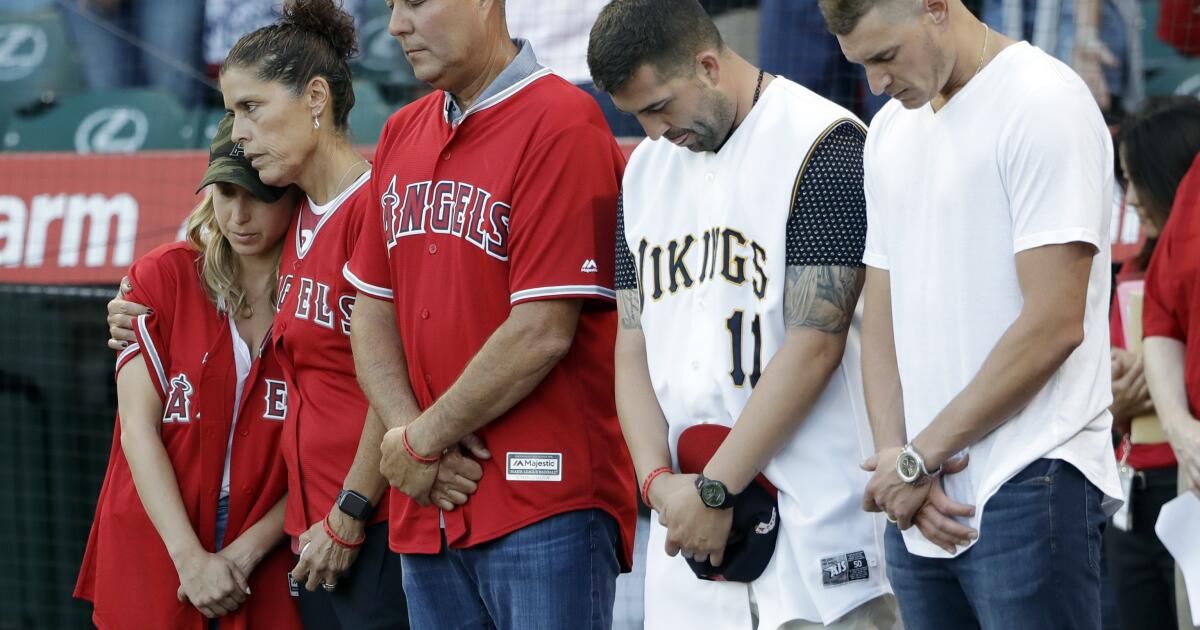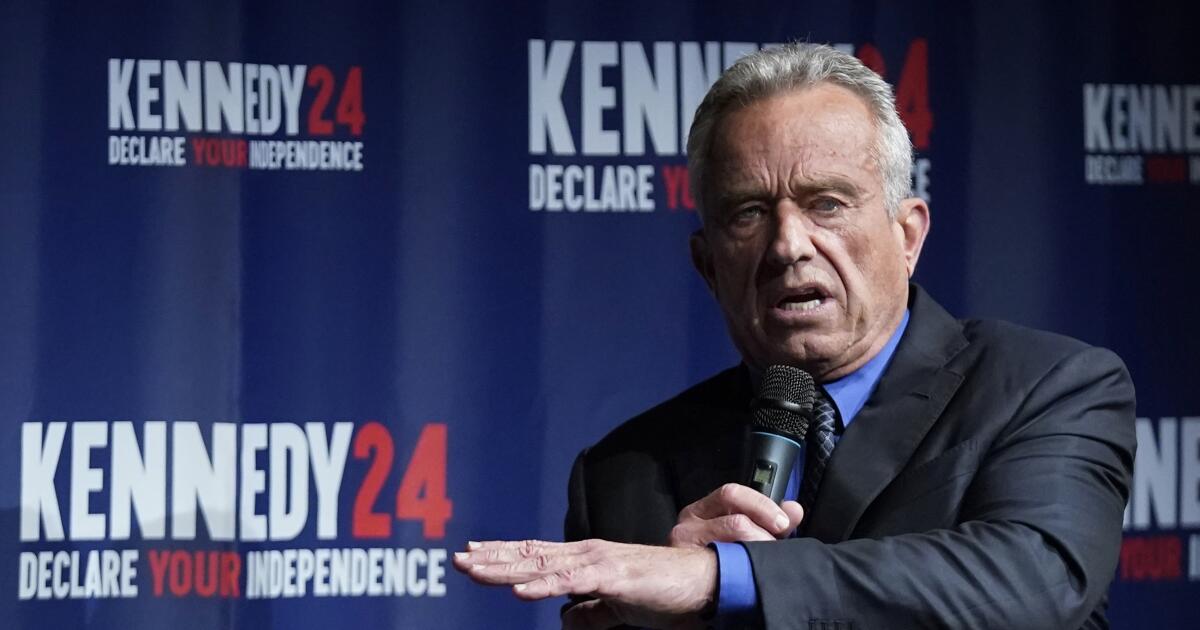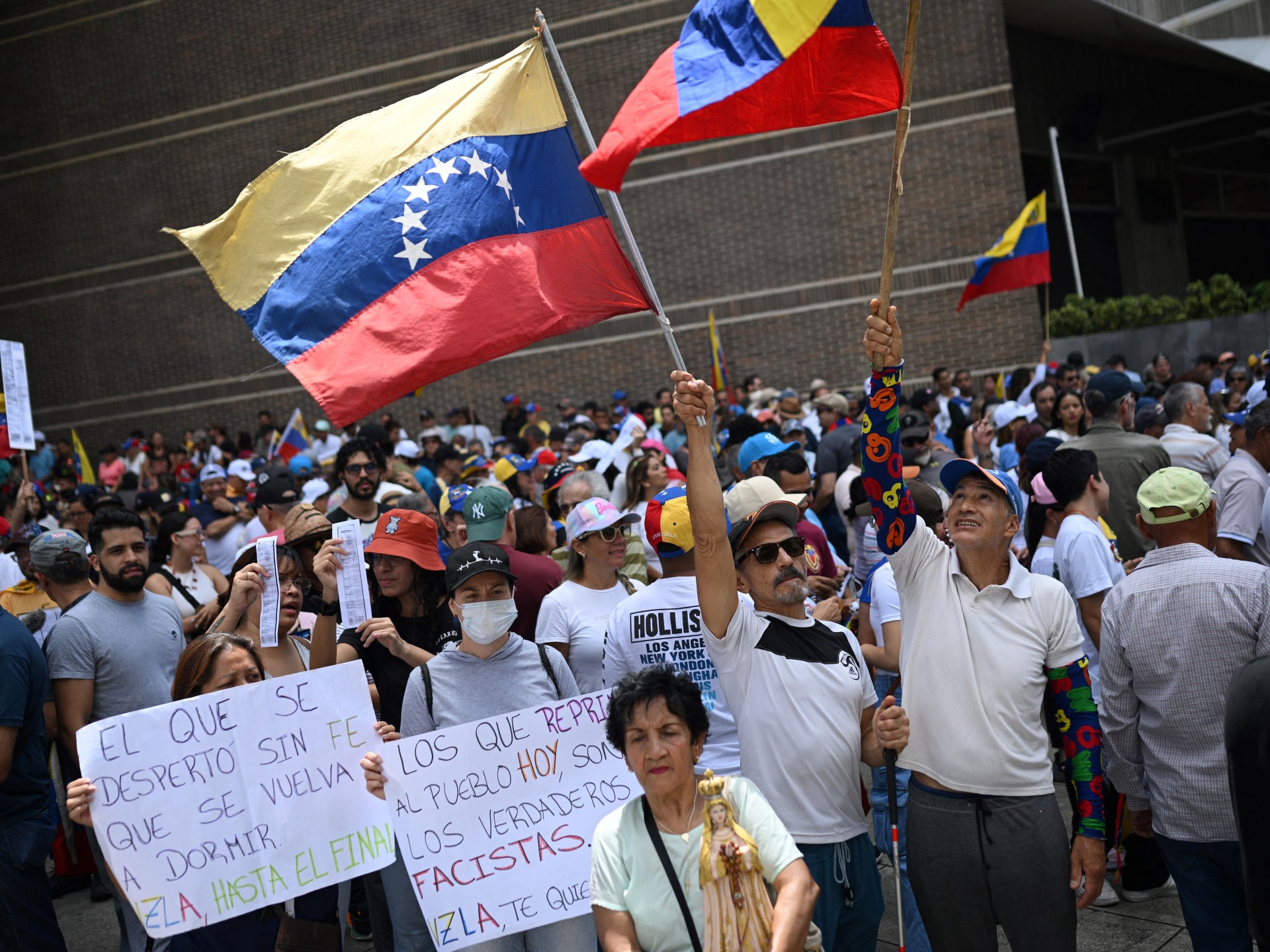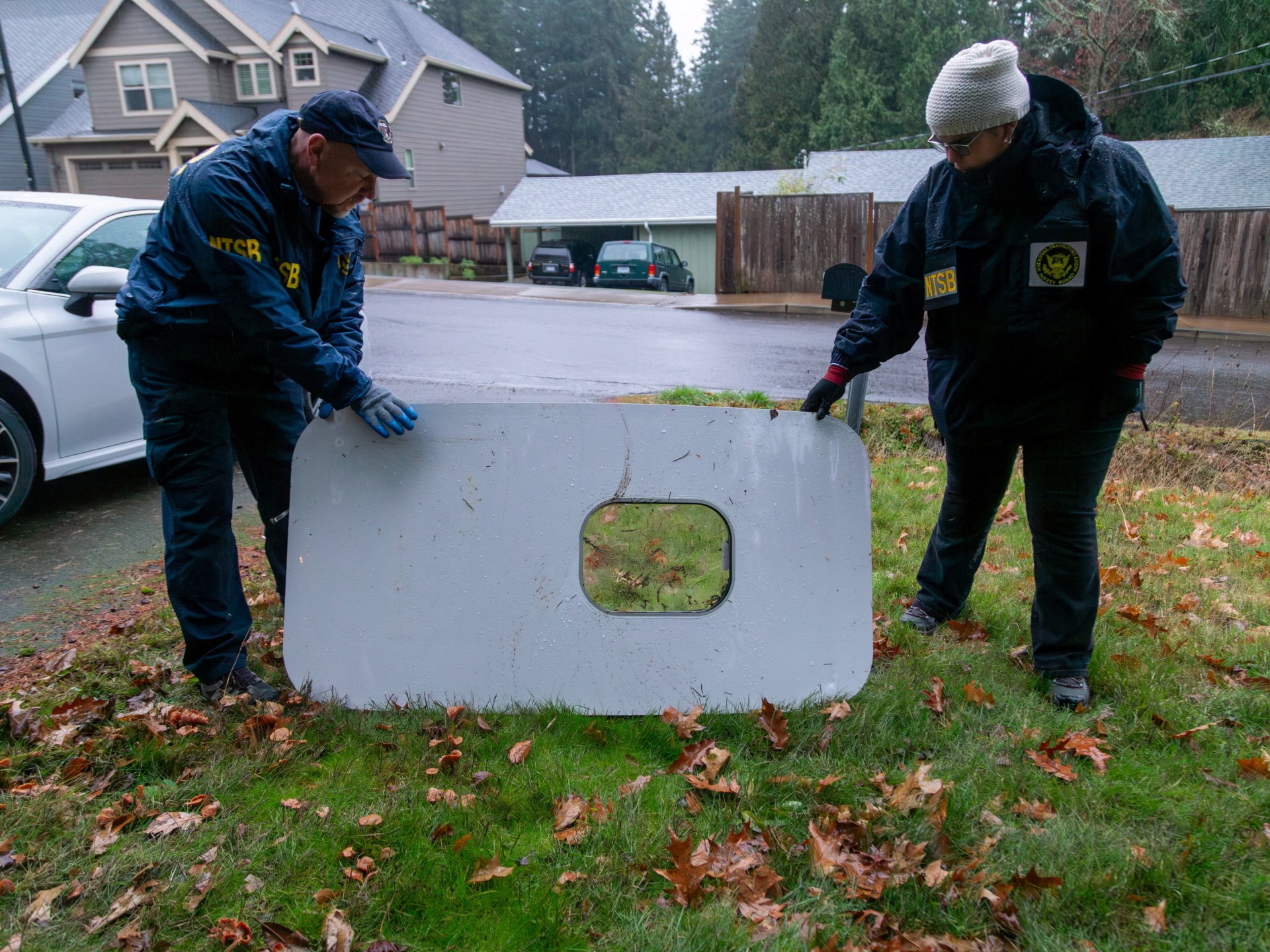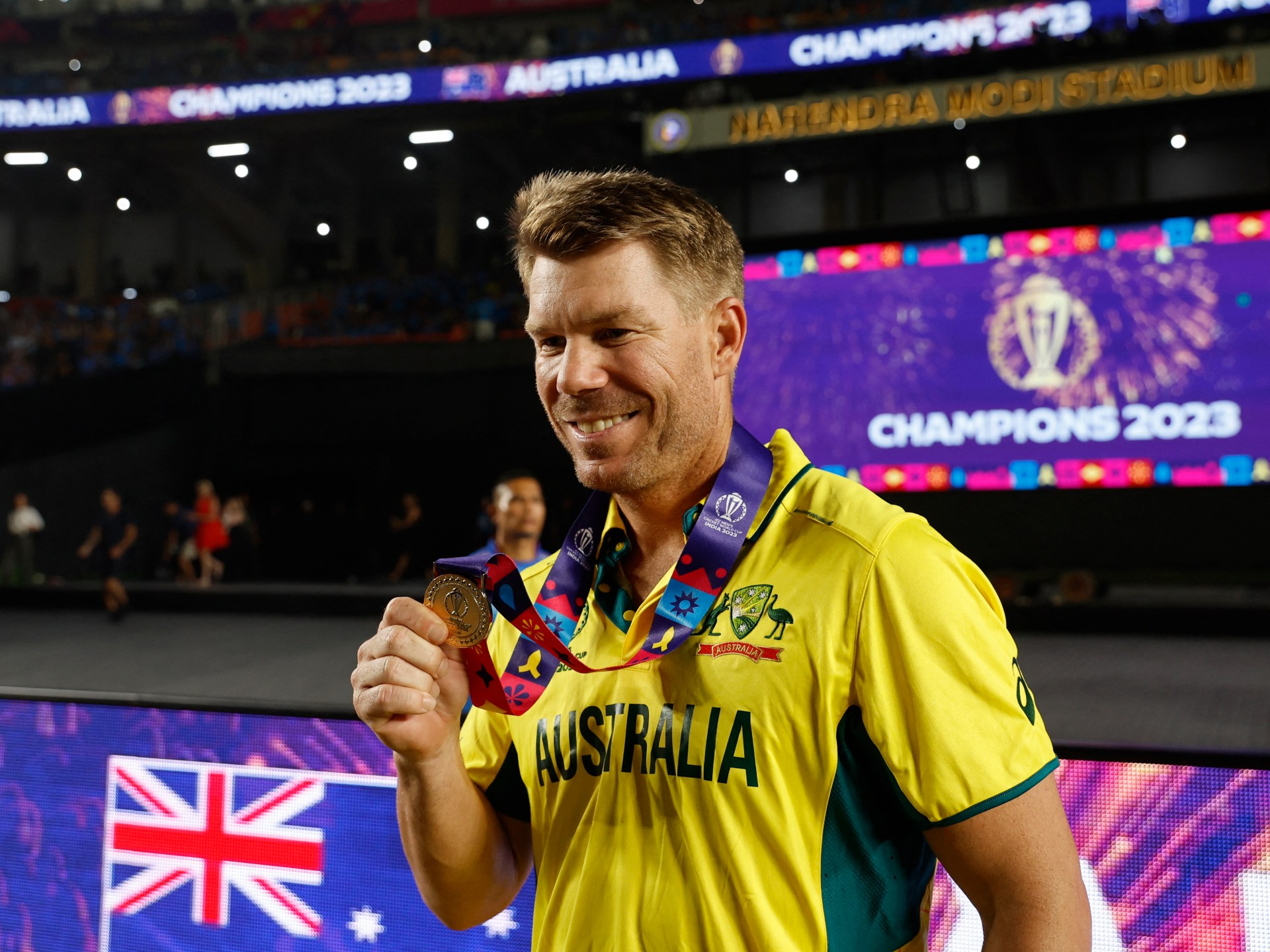It's been nearly five years since Angels pitcher Tyler Skaggs died of an accidental overdose of oxycodone pills laced with fentanyl in a Texas hotel room. However, the impact of the tragedy and revelations during the subsequent trial of Angels employee Eric Kay that Skaggs and several other players were given opioids are still being felt.
Major League Baseball announced this week that its emergency medical procedures now require naloxone to be stored in clubhouses, weight rooms, dugouts and umpires' locker rooms at all major and minor league stadiums. Additionally, all certified athletic trainers will be equipped with naloxone when teams travel.
Naloxone, also known by the brand name Narcan, is an antidote for opioid poisoning. Most often administered as a nasal spray, naloxone finds and replaces opioid receptors, binding stronger than the opioid and effectively blocking them.
The partnership is part of an initiative launched last year by the White House called the Save Lives from Overdose Challenge.
“We are proud of @MLB's efforts to save lives by committing to increasing training and access to life-saving opioid overdose reversal medications, like naloxone, and supporting organizations like @SongforCharlie. @PBATS,” MLB vice president of communications Mike Teevan posted on X.com.
A campaign targeting fans will launch at the All-Star Game in July and MLB has partnered with a nonprofit trying to raise awareness among teens and young adults about pills that unexpectedly include deadly fentanyl.
Skaggs' death prompted MLB to begin drug testing, with up to 12,000 tests performed each year. Only players who refuse treatment are subject to disciplinary action, although positive tests for opioids have not been common, according to Jon Coyles, MLB's vice president of drug health and safety.
The move has been criticized on social media as a public relations stunt because it is unclear whether anyone associated with an MLB team has been administered naloxone during an overdose. Coyles, however, responded, saying that addressing opioid addiction and overdoses is a major public health issue worthy of MLB's efforts.
“We hope that our focus on naloxone in our industry, just because of the public nature of baseball, helps with public awareness and contributes to the national conversation about this,” Coyles told Sports Illustrated.
MLB is just one of many participants in the White House Challenge to save lives from overdoses. The Los Angeles Unified School District, for example, stocks naloxone in all K-12 schools and has trained health care staff to administer it. Students are allowed to carry naloxone and LAUSD says the medication has been used to save about 50 lives since January 2023.
The overdose reversal drug Narcan is shown during Public Health Management Corporation employee training. The U.S. Food and Drug Administration approved naloxone overdose antidote for over-the-counter sale on March 29, 2023.
(Matt Rourke/Associated Press)
It's hard to say whether naloxone could have saved Skaggs' life. He was alone in his hotel room when he cut up and snorted what he believed were oxycodone pills provided to him by Kay, a former Angels media relations employee who admitted at trial to his own drug addiction. opioids.
Kay was convicted of distributing fentanyl by a Texas jury in 2022 and is serving a 22-year prison sentence. During her trial, four Angels players — Matt Harvey, Mike Morin, Cam Bedrosian and CJ Cron — took the stand and described using opioids while playing for the team. They said players called the illicit 30-milligram oxycodone pills “blue boys” because of their color.
Harvey testified that Skaggs asked him for pills in June 2019 because he wanted to feel “relaxed” before a start and said Skaggs told him he once crushed an oxycodone pill and snorted it into a toilet paper dispenser in the Los Angeles clubhouse. Angels.
Kay's attorney, Michael Molfetta, asked Harvey if he had ever asked Skaggs to be careful.
“Looking back, I wish I had,” Harvey said. “In baseball, you do everything you can to stay on the field. At that moment, I felt like, as a teammate, I was just helping him get through what he needed.”

